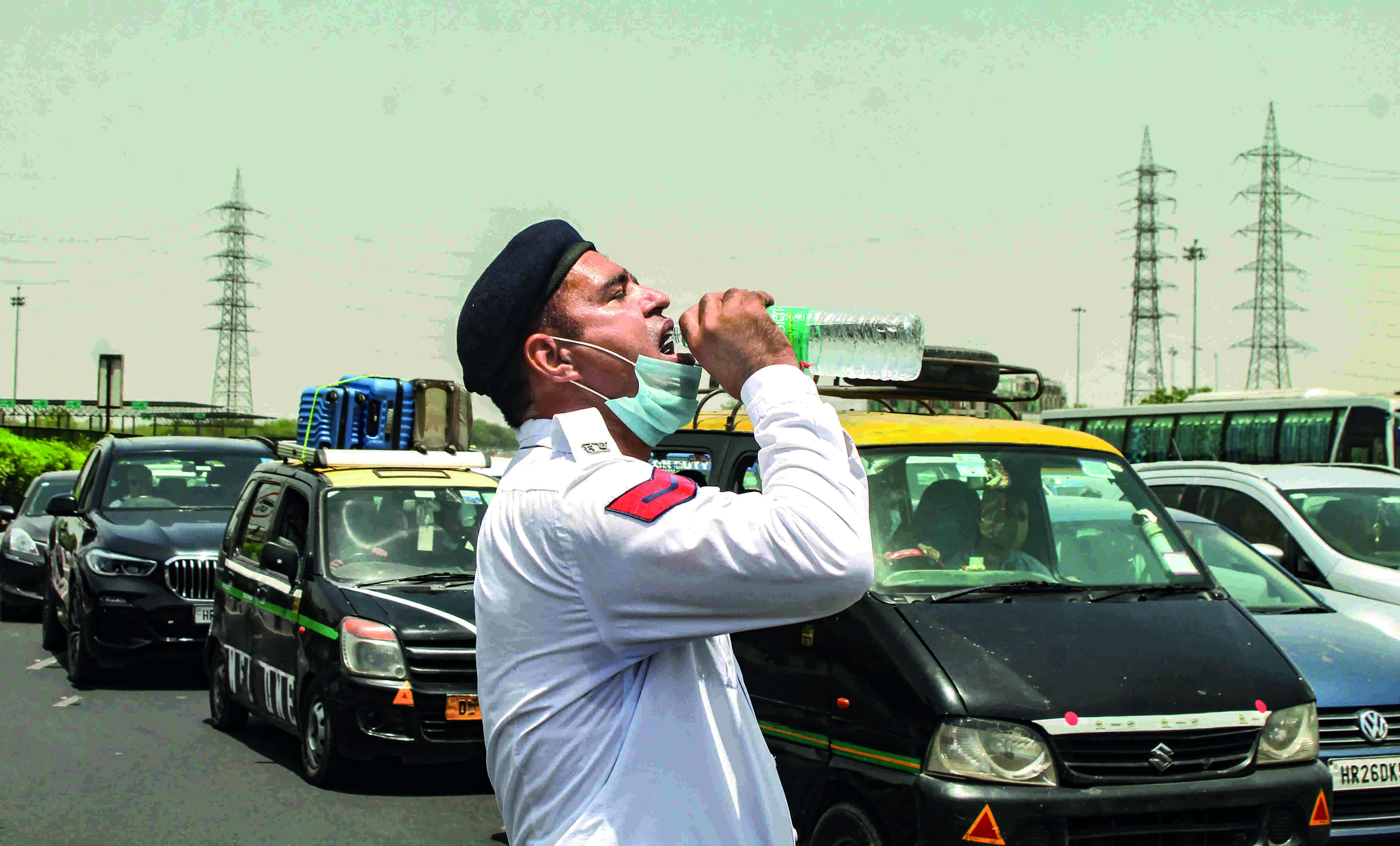'India's battle with climate change to get worse'

New Delhi: The spectre of climate change is here to stay and even worsen, say climate scientists as searing winds blow across swathes of north India, including New Delhi where temperatures have crossed 49 degrees Celsius, and flash floods ravage parts of the northeast.
A day after two weather stations in Delhi saw temperatures of more than 49 degrees Celsius and neighbouring Gurgaon registered 48 degrees Celsius, the highest since May 1966, experts on Monday analysed the incidence of extreme weather events and sounded a dire warning.
With increasing temperatures as a result of global warming in South Asia and the consequent exceeding levels of heat and humidity, it is predicted that we will have more intense, longer and frequent heat waves in India, environmentalist and climate scientist Shakil Ahmad Romshoo told in a phone interview from Srinagar.
According to the University of Kashmir professor, one indicator of climate change is the increasing frequency of climate extremes. A heat wave, he said, is a climate extreme and a direct indicator of climate change.
Over the last few decades, global warming has been on an accelerated pace and its marks can be seen in any single day of global weather since the 2000s. Generation Z has never lived a day without feeling the influence of global warming, added Roxy Mathew Koll from the Indian Institute of Tropical Meteorology in Pune.
The national capital recorded its second hottest April this year since 1951 with a monthly average maximum temperature of 40.2 degrees Celsius. Other north Indian states, including the hill areas of Uttarakhand, Himachal Pradesh, Jammu and Kashmir and Ladakh, also recorded temperatures way above the normal level this season.
While north India battled high temperatures, parts of Kerala and Lakshadweep islands saw heavy rainfall on Sunday. Besides, the weather
office sounded a red alert across five districts in Kerala. And in the east, Assam's Dima Hasao district has been hit by flash floods and massive landslides at several places, snapping rail and road links.
According to Indian Meteorological Department data, the average maximum temperature over northwest and central India for April this year has been the highest in 122 years.
A 4.5 to 6.4-degree departure from normal is considered to declare a heat wave and over 6.4-degree departure for a severe heat wave.
Regardless of local weather interactions, Koli explained, the root cause for increase in such events in the India-Pakistan region is global warming due to human-made carbon emissions.
March 2022 was India's hottest March in recorded history (1901-2022). The temperatures were high in entire India, especially the northwest regions that underwent a heat wave. Temperatures continued to run significantly above normal in April 2022 over large parts of India, excluding south India, Koll told.
The Earth's average temperature has increased by 1.2 degrees Celsius above pre-industrial levels, said
global climate change expert Harjeet Singh.
The Intergovernmental Panel on Climate Change (IPCC) Report released in 2021 warned that rising temperatures will lead to increased incidence of heat waves, longer warm seasons and shorter cold seasons, Singh, senior advisor, Climate Action Network-International (CAN-I), told The experts added that climate change is not only raising temperatures and making India's heatwaves hotter, but also changing weather patterns that further drive dangerous weather extremes.
The low pressure anomaly caused by the weather event know as La Nina over the Indian subcontinent has
been inviting westerly winds and the blast of hot air from the Middle East into India.
The north-south pressure pattern has been persisting over India, with La Nina extending its stay over the Pacific. impacted the weather over India, which has been seen even during 1998-2000 when La Nina had persisted for three years.



